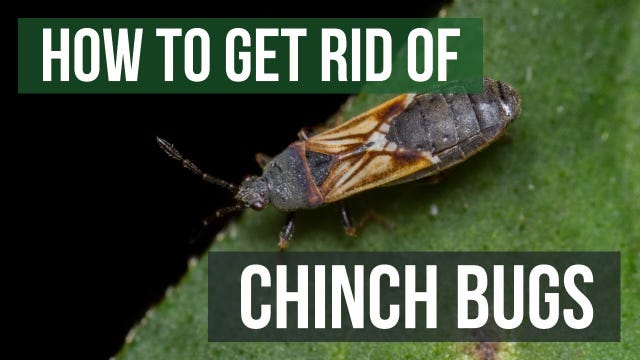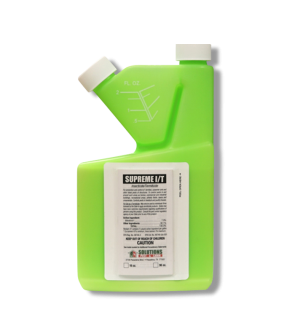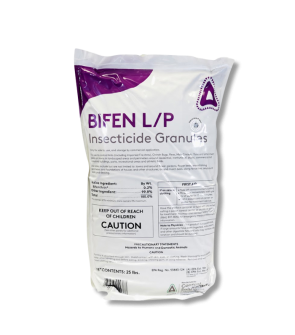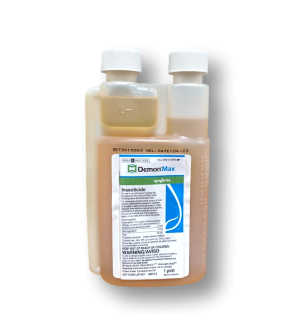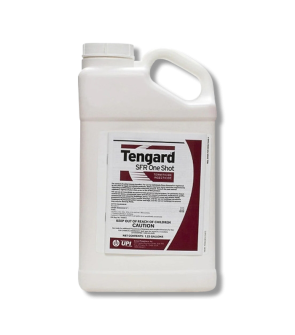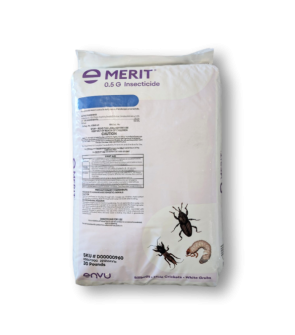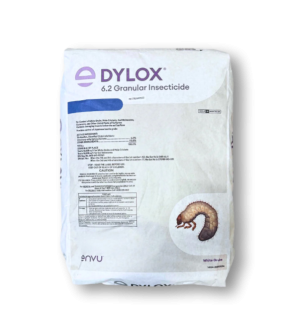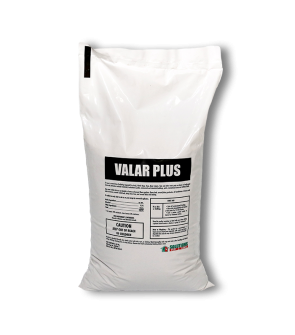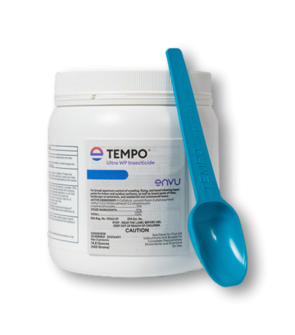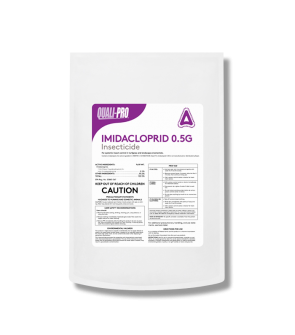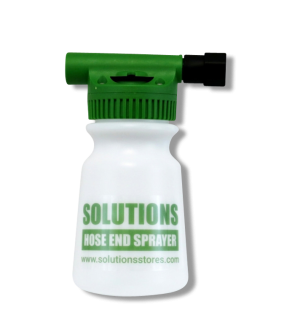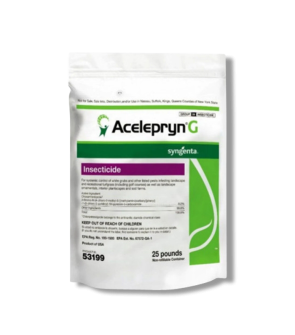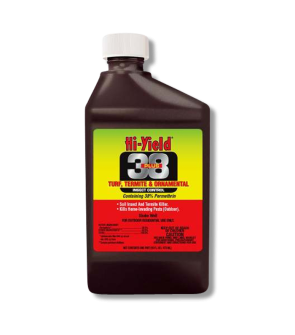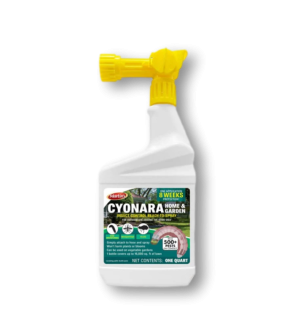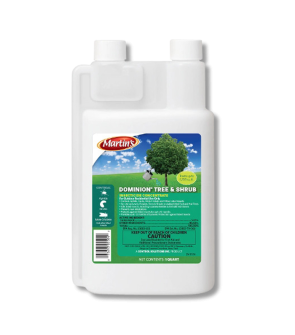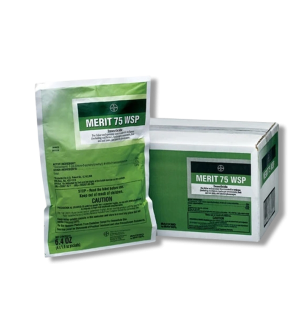Gain access to personalized product screening, the best pricing, rewards, and more!
Most Effective Products
Chinch Bug Control: How To Get Rid of Chinch Bugs
Chinch bugs are a notorious lawn pest that can cause a lot of harm to your lawn. People often think a lawn is stressed or suffering from a disease, but chinch bugs are the culprit.
These pests are recognized as true bugs and have piercing and sucking mouthparts that are used to extract nutrition from grass, resulting in the turf turning brown and dying.
Chinch bugs overwinter as adults and come out during springtime to lay eggs on their host plant or in the soil. Within a week, the eggs hatch, and feeding begins. If you cannot see chinch bugs right away, you can smell them, as they have a strong odor that grows as their population rises.
By following our professional DIY guide, you can get rid of a chinch bug infestation yourself. Arm yourself with the recommended products and follow our step-by-step directions to wipe out the Chinchilla population quickly and affordably.
Identification

Before you can treat, you need to be sure that the pest you are dealing with is a chinch bug and not some other insect. Misidentification can lead to using the wrong treatment methods and products, which can be a large waste of time and money.
- Chinch bugs have different stages of growth with slightly different appearances at each stage. Adult chinch bugs are small (about 1/5 of an inch long) and oval-shaped with a hard body.
- Their wings are black and white and have a little triangle shape. Chinch bug legs have a slight orange-brown color. They stay hidden in the grass thatch area but will climb up onto a blade of grass to consume the grass blade. This is a good time when you can see them.
- Chinch bugs kill grass by targeting healthy grass blades. piercing them and sucking the nutrients out. This not only robs the grass of nutrients but also can potentially kill the grass due to a poison released during the feeding process that slowly kills turf.
Use our description and image above to help you identify chinch bugs on your lawn. If you are having trouble identifying, you can send an image to our email address, and we will help you identify the bug properly and offer you control products to eliminate the problem.
Inspection

Once you have identified chinch bugs, perform an inspection to determine the severity of the infestation, where they are concentrated, and the hotspots to focus on for treatment. Warmer areas of the country, like the southeastern United States, have been dealing with the rising problem of chinch bugs and the destruction these small pests bring to lawns.
Where to Inspect
Walk through your lawn and observe lawn damage. Chinch bugs develop a distinct pattern of damage compared to other lawn pests. They are usually found in areas receiving full sun or in the hottest part of the lawn. They can also be found near a radiant heat source, like next to the driveway or sidewalk, where these pieces of concrete come together.
What to look for
It would be best if you were looking for active chinch bugs or chinch bug damage. Pull back grass from a moist thatch area that has begun to dry out, and you will notice chinch bugs trying to climb up on blades of grass in search of moisture.
Lawns damaged by chinch bugs appear to have yellow, brown, or dead patches of grass that resemble a lawn disease. When the damage is severe, giant patches of dead-looking grass can appear.
Comb dead grass areas to check for chinch bugs, or use a hollow coffee can to single out a suspected area. Drive the can three inches into the ground, fill the can with water, and agitate. If chinch bugs are present, they will float to the water's surface.
Treatment
Once you have completed the inspection, you should prep your lawn for chemical treatment. Before applying chemicals, we recommend wearing personal protective equipment to keep yourself safe.
We recommend a combination of Supreme IT Insecticide and Valar Plus Bifenthrin Granules for treating chinch bug Infestations. This product is a granular insecticide that should be broadcast over your lawn and watered in to activate the granules. Supreme IT is a chinch bug killer that can activate the granules and works with the Valar Plus Bifenthrin Granules to perform a lethal 1 to 2 punch to remove the chinch bug population.
Step 1: Apply Valar Plus Bifenthrin Granules To Lawn

Valar Plus Bifenthrin Granules is a granular insecticide that treats many lawn insects, including chinch bugs. This product has a residual effect lasting up to 3 months and can be broadcast over your yard to address the chinch bug infestation.
Start by determining how much Valar Plus Bifenthrin Granules you will need for chinch bug treatment by calculating the square footage of the treatment area. To do this, measure the treatment areas' length and width in feet, then multiply them together (length x width = square footage).
The typical application rate is 2.3 to 4.6 pounds of Valar Plus Bifenthrin Granules to treat 1,000 square feet of lawn.
To broadcast the Valar Plus Bifenthrin Granules, load your spreader with the proper amount based on your calculations and evenly distribute it over your treatment area. Broadcast half your granules in parallel lines once across the area and then broadcast the other half at a perpendicular angle to cover the area entirely.
Once the Valar Plus Bifenthrin Granules have been spread, they need to be watered to reach the turf's root zone. Supreme IT will do this.
Step 2: Mix and Apply Supreme IT
Supreme IT Insecticide is a broad-spectrum insecticide that is our go-to liquid chinch bug killer. It also has a long-term residual effect that will kill long after application.
Rather than spot treating, it is best to apply Supreme IT Insecticide in a full broadcast treatment over the entire lawn.
To apply Supreme IT, simply mix it with water in a handheld pump or hose-end sprayer.
Apply Supreme IT at a rate of 0.5 fl. oz. per gallon to cover 1,000 sq. ft.
We recommend using a 20-gallon hose-end sprayer to make broad applications to your lawn. This will ensure that the product has enough water to penetrate the soil and reach the chinch bugs.
Ensure the sprayer's control valve and water pump are off, and then attach the hose-end sprayer nozzle to the hose. Remove the hose-end sprayer reservoir container and add the proper amount of Supreme IT and water.
To thoroughly coat the area and have enough water to activate the Valar Plus Bifenthrin Granules, use 2 or more gallons per 1,000 sq. ft. for the product to reach the roots. The product will mix with the water to make an even emulsion. Reattach the reservoir to the nozzle and turn the water on the hose. You are now ready to spray.
Push forward on the control valve to begin spraying. Evenly distribute the entire amount of product over your treatment area, keeping track of the product left in the reservoir. Apply on calm days when wind speeds are low to minimize drift. Use a fan spray setting to get nice uniform coverage. Reapplication may be necessary until you no longer see chinch bugs present.
Prevention
After the chinch bugs have been eliminated from your yard, it is important to instill healthy and regular maintenance practices to promote a healthy turf so that your lawn can fend off any possible infestations in the future and prevent chinch bugs from coming back.
- Rake grass to aerate your lawn, reduce thatch, and improve airflow.
- Mow your grass at the right height, 3 to 4 inches, once a week to promote stronger root growth.
- Fertilize at proper times of the year, ideally once in the spring and once in the fall.
- Water your lawn regularly, ensuring not to overwater at 1 to 1.5 inches of water once a week.
Key Takeaways
What are Chinch Bugs?
- Chinch bugs are destructive turf insects on residential lawns and commercial landscapes. They reproduce rapidly and damage turf grass, turning it brown.
How to Get Rid of Chinch Bugs
- Our top recommendation for chinch bug control is a combination of Valar Plus Bifenthrin Granules and Supreme IT Insecticide. Broadcast the granules evenly, then activate them with Supreme IT, using a hose-end sprayer to get thorough coverage and broadcast them on your lawn.
Preventing Chinch Bug Reinfestation
- Prevent a reinfestation of chinch bugs with regular monitoring and routine lawn care practices promoting a healthy turf stand.






